Mapped: Every dingo sighting in Queensland
Packs of dingoes are roaming the northern beaches of Cairns but are being mistaken for kelpies with many becoming road kill, a conservationist says. watch the video
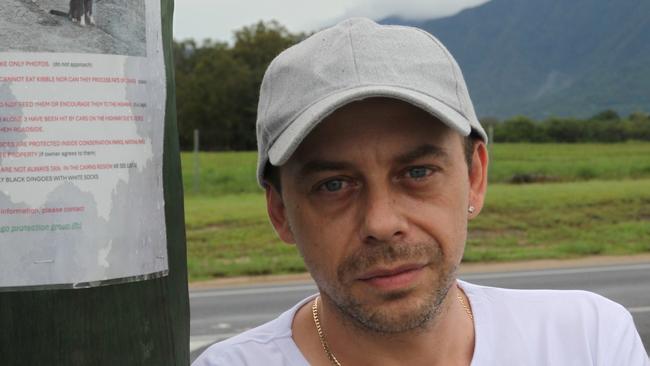
News
Don't miss out on the headlines from News. Followed categories will be added to My News.
Packs of dingoes are roaming the northern beaches of Cairns but are being mistaken for kelpies with many becoming road kill, a conservationist says.
Dingo expert and conservationist Luke Cooper has spent the past 12 months trying to protect ‘Socks’ — the last dingo pup from a litter in the northern beaches that has been killed.
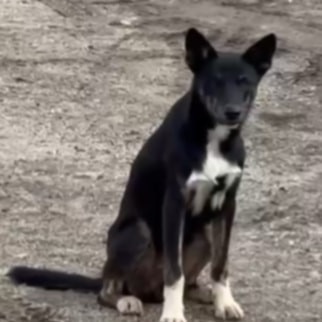
“Whenever they get hit, Chelsea from the 24-hour vet gives me a call,” Mr Cooper said.
“I’ve met two of his siblings in there. One was hit in December, the other one was hit in January.
“So far it’s just trying to protect him (Socks) and it’s an absolute nightmare.
“He just sits by the highway and begs so I get on the horn and beep at him.”
Since April last year, two of the three pups have been killed at or near the same spot where ‘Socks’ continues to wait.
The family was believed to have separated from a larger pack of dingoes from Caravonica in 2024 that ventured east through cane fields, settling at Holloways Beach.
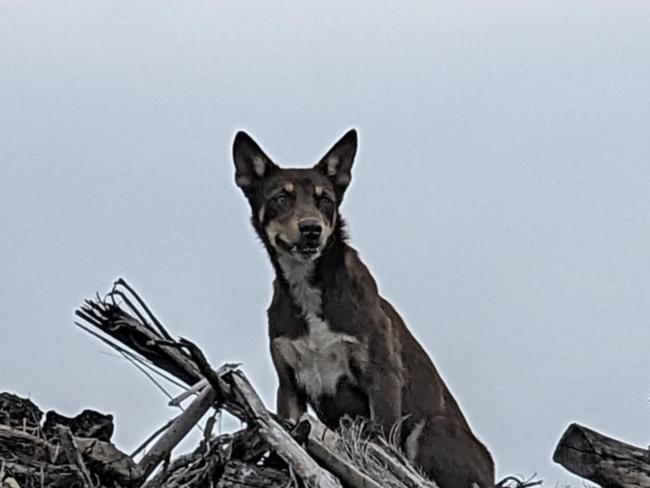
Mr Cooper said the apex predator was one of many packs roaming across Cairns.
“You’ll be able to spot them within the Cairns region, basically anywhere,” Mr Cooper said.
“Gordon Vale, there’s two or three packs down that way — towards the mountains and forest is where you’re more likely to see them but they are all the way up to the northern beaches.”
Mr Cooper said that in Cairns, most dingoes were black, which led people to mistakenly believe they were wild or lost dogs.
“Because they’re black, people thought that they were kelpies, so they were trying to feed them and thinking that they were helping,” Mr Cooper said.
“But what they were actually doing was leading them to the highway and they were getting hit.
“I find that the black ones are pretty much from around Babinda all the way up to Holloways Beach and then they start going tan from there on.”
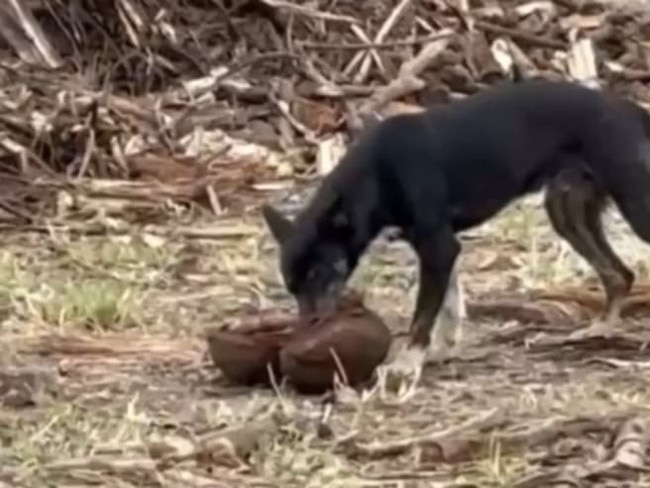
Dingoes found in environments such as rainforests tend to have darker coats to camouflage into their surroundings. Dingoes found in environments such as the desert or beach are more likely to be tan or golden.
The first published depiction of a dingo from 1789 resembled the darker features common in Far North populations.
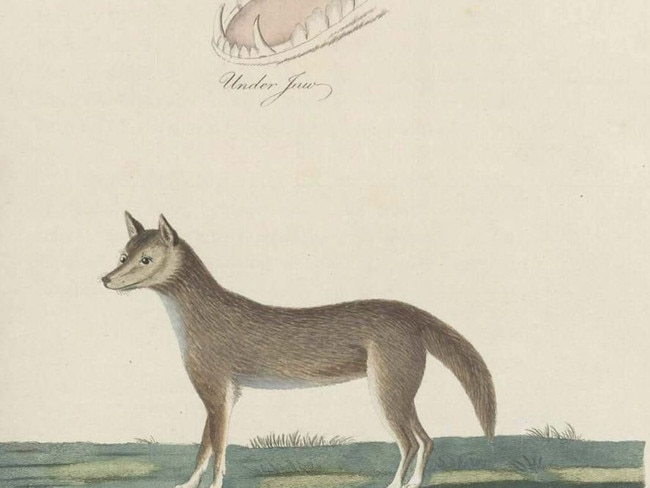
Over the past five years, Mr Cooper has taken blood samples from hit and injured dingoes and sent them to the University of Sydney to be analysed.
He said every animal has shown high to very high genetic markers for dingoes, suggesting that populations were not mating with wild dogs.
Comparative psychologist and senior lecturer at Central Queensland University Dr Bradley Smith said a combination of behavioural, ecological and geographical differences could explain why the dingoes didn’t hybridise.
“If you are a family of dingoes … they protect their home range and territory so any other dingoes or dogs that turn up will be fought and kicked out,” Mr Smith said.
“The dad doesn’t want the mum breeding with a random, so a dog doesn’t just walk in and mate with a female dingo because usually they won’t let them.”
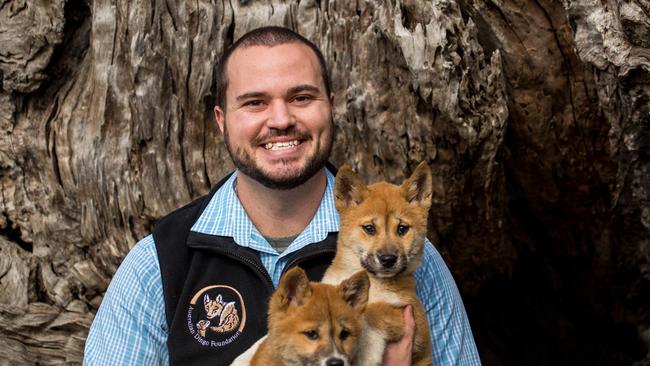
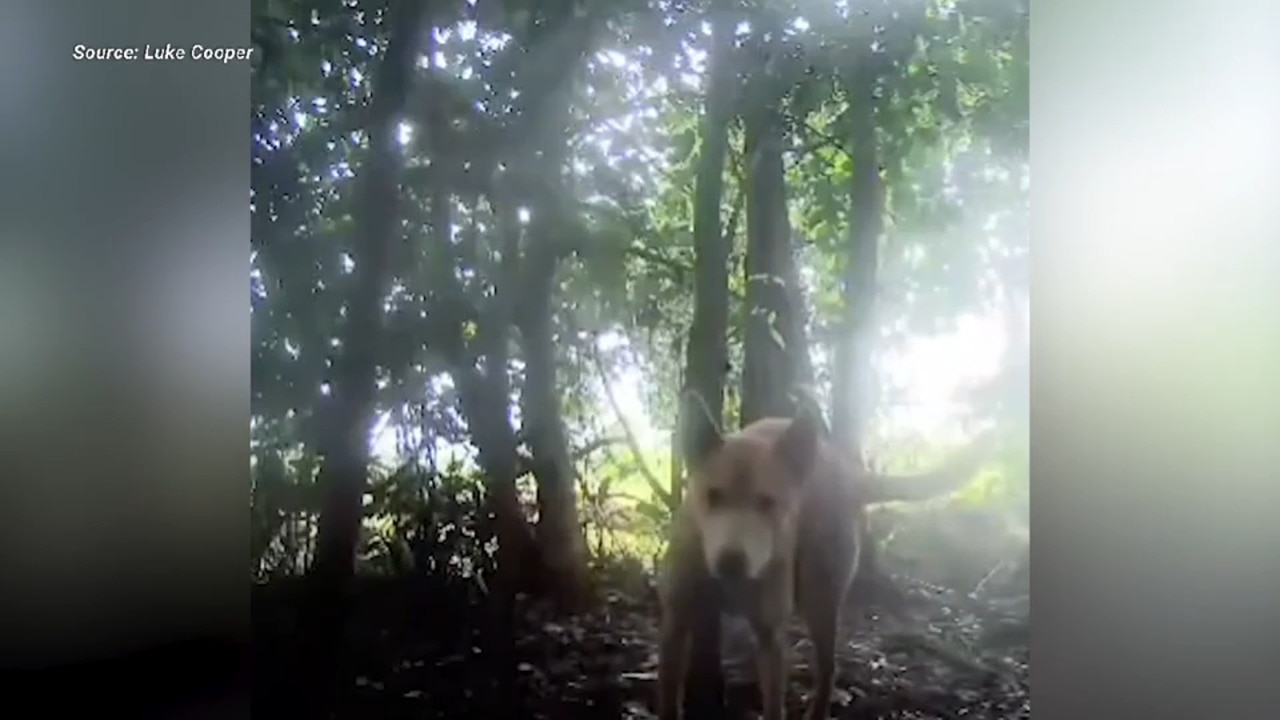

In Queensland, dingoes are not protected outside of conservation areas and national parks and are labelled as a pest under the Biosecurity Act of 2014.
‘Socks’ official status means that he should be actively baited, trapped or removed from his home but most have turned a blind eye to the young pup.
A spokesman for the Cairns Regional Council said that, in accordance with legislation, dingoes were treated as wild dogs and, when needed, were euthanized to keep the community safe.
“In the past 12 months, council has responded to incidents involving wild dogs suspected to be dingoes,” a spokesman said.
“Council provides trapping and baiting assistance where feasible and recommends fencing to reduce risks to domestic pets and livestock.”
The spokesman said increased human interactions with the animals had escalated the risk to humans.
“Public feeding and interactions with northern beach dingoes contribute to their habituation near roads, increasing risks for both animals and people,” a spokesman said.
“To address this issue, council has begun installing educational signage at sites where dingoes have been reported.
“These signs aim to discourage feeding and risky interactions, reducing habituation and potential conflicts.”
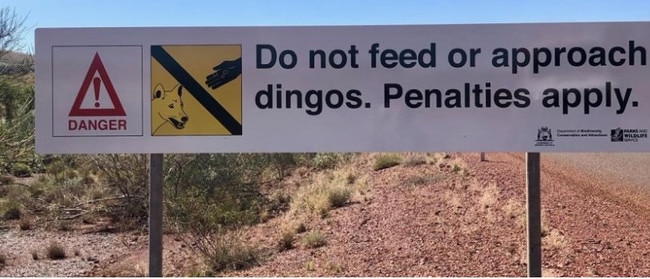
Between March and June, dingoes enter their mating season, meaning animals across Cairns will venture to new areas looking for a mate.
Mr Cooper wanted urgent investment in more signage, education and an increase in public understanding to avoid a repeat of what has happened before new pups appear across the region.
“We need education beforehand, when the pups are still young, teaching people to stay away and stop them getting habituated. That’s the best way to avoid dingoes being struck,” Mr Cooper said.
Originally published as Mapped: Every dingo sighting in Queensland



